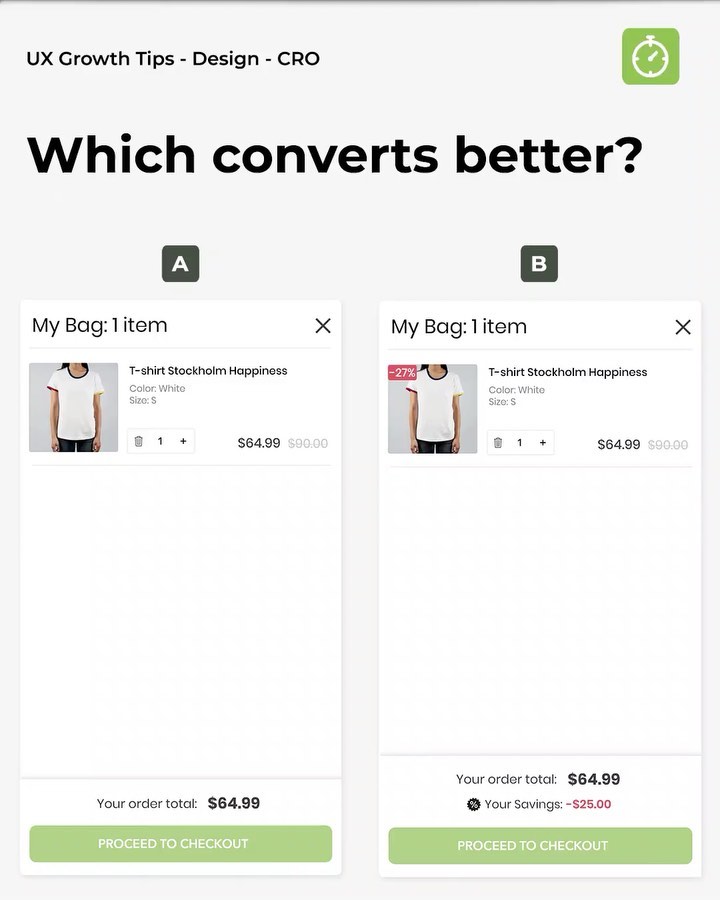Why you should analyze your competitors?
Understanding the importance of competitor analysis is crucial for business growth. Analyzing competitors helps in identifying opportunities and threats, developing strategic marketing plans, and staying ahead in a competitive market landscape. Conducting a comprehensive competitor analysis is key to leveraging insights for success and measuring performance against benchmarks.
Understanding the Importance of Competitor Analysis
Why Analyzing Competitors is Crucial
Examining competitors within the industry is essential for businesses to gain valuable insights into market trends and consumer preferences. Understanding the strategies and tactics employed by rivals can provide a competitive edge and help identify areas for improvement within one's own business.
Benefits of Competitor Analysis in Marketing Strategy
Integrating competitor analysis into a company's marketing strategy can lead to enhanced brand positioning and targeted messaging. By monitoring the marketing activities of competitors, businesses can adapt their own strategies to better reach and engage their target audience.
Identifying Opportunities and Threats through Competitor Analysis
- Recognizing potential opportunities for growth by observing gaps in the market or unmet consumer needs.
- Anticipating threats posed by competitors through a proactive analysis of their strengths and weaknesses.
- Adjusting business strategies to mitigate risks and capitalize on emerging market trends.
Conducting a Comprehensive Competitor Analysis
How to Conduct Competitor Analysis
When conducting competitor analysis, it is essential to gather a wide range of data and information to gain a comprehensive understanding of the competitive landscape. Start by identifying key competitors in your industry and analyzing their products, services, pricing strategies, and marketing tactics.
Furthermore, examining their online presence, customer reviews, and social media engagement can provide valuable insights into their strengths and weaknesses. By conducting a thorough analysis, you can uncover opportunities for improvement and growth within your own business.
Tools and Methods for Competitor Analysis
- Online tools such as SEMrush, Ahrefs, and SpyFu can help in gathering competitive intelligence, keyword analysis, and backlink research.
- SWOT analysis, Porter's Five Forces, and market research surveys are effective methods for evaluating competitors and identifying areas of competitive advantage.
- Regularly monitoring competitor activities and performance metrics can provide real-time data to inform your strategic decisions and marketing campaigns.
Analyzing Direct Competitors vs. Indirect Competitors
Distinction between direct and indirect competitors is crucial in competitor analysis. Direct competitors offer similar products or services to your business and operate within the same market segment.
On the other hand, indirect competitors may not offer the same products but target the same customer needs or provide alternative solutions. Analyzing both types of competitors helps in understanding the broader competitive landscape and identifying potential threats and opportunities.
Leveraging Competitor Insights for Business Growth
Using Competitor Data to Enhance Your Products and Services
By analyzing competitor data, businesses can gain valuable insights into market trends, consumer preferences, and areas for improvement in their own products and services. Understanding the strengths and weaknesses of competitors can guide product development strategies to create offerings that stand out in the market.
Utilizing competitor insights can help businesses refine their existing products, tailor their services to better meet customer demands, and innovate based on competitor gaps. This can lead to increased customer satisfaction, loyalty, and ultimately, business growth.
Developing a Competitive Marketing Strategy
Competitor analysis is a crucial component of developing an effective marketing strategy. By understanding how competitors position themselves in the market, businesses can identify unique selling points and craft compelling messages that differentiate them from competitors.
Through competitor insights, businesses can identify untapped market segments, develop targeted marketing campaigns, and refine their messaging to resonate with their target audience. This proactive approach can help businesses attract and retain customers, driving revenue and market share growth.
Implementing Competitive Analysis Findings into Your Business Plan
- Integrating competitor analysis findings into the business plan allows businesses to align their goals and strategies with market realities.
- By incorporating insights from competitor analysis, businesses can adapt their strategies, optimize operations, and stay agile in response to market dynamics.
- Regularly reviewing and updating the business plan with competitive intelligence ensures that the company remains relevant, competitive, and primed for growth.
Benchmarking and Measuring Success
Establishing Benchmarks for Growth and Progress
Benchmarking is a critical aspect of evaluating the performance and progress of a business. By establishing clear benchmarks, companies can measure their growth and success against industry standards and competitor metrics. It allows for a more objective assessment of achievements and areas needing improvement. Utilizing key performance indicators (KPIs) and setting realistic goals is essential for effective benchmarking.
Tracking Competitor Strategies and Tactics
Monitoring and analyzing the strategies and tactics employed by competitors are essential for staying competitive in the market. By tracking competitor movements, businesses can gain valuable insights into industry trends, customer preferences, and potential opportunities for growth. Understanding the competitive landscape helps in making informed decisions and adjustments to marketing strategies to meet evolving market demands.
Measuring the Impact of Competitor Analysis on Business Performance
Measuring the direct impact of competitor analysis on business performance is crucial for assessing the effectiveness of strategic decisions. By evaluating key performance metrics such as market share, customer retention, and revenue growth, companies can determine the ROI of their competitive analysis efforts. This data-driven approach enables businesses to fine-tune their strategies, capitalize on strengths, and address weaknesses to drive sustainable growth and success.
Staying Ahead in a Competitive Market
Understanding Industry Trends and Competitive Landscape
In order to stay competitive in the market, it is crucial to stay informed about industry trends and the competitive landscape. By understanding the latest developments and shifts in the market, businesses can better anticipate changes and adapt their strategies accordingly. Keeping a close eye on competitors' movements and market dynamics can provide valuable insights for positioning your own brand effectively.
Adapting to Changes in the Market
Market conditions are constantly evolving, and businesses need to be agile and adaptable to thrive in a competitive environment. Adapting to changes in consumer behavior, technological advancements, and economic trends is essential for staying ahead of the curve. By monitoring market shifts and responding proactively, businesses can capitalize on emerging opportunities and mitigate potential risks.
Leveraging Competitor Insights for Continuous Improvement
Competitor analysis not only helps in understanding the competitive landscape but also provides valuable insights for continuous improvement. By learning from competitors' strategies, successes, and failures, businesses can refine their own tactics and enhance their offerings. Leveraging competitor insights allows businesses to innovate, optimize processes, and deliver greater value to customers, ultimately driving sustainable growth and success in the market.



